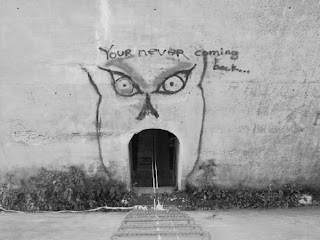There are those of you who may be aware of my fascination with Urban Exploration, and some of you may not be. For those of you who aren’t, or don’t know what it is, it is what I have chosen as the topic for my TED talk.
Urban exploring is the art of exploring relics—abandoned factories, sanitariums, theme parks, and other colorful landscapes. These remnants litter the landscape of our country, yet most people know nothing of them. That is where I come in.
As a former member of an Urban Exploration team, I investigated ruins and decaying buildings and probed them for personal intention— the hellish scare, sheer joy of discovery, to capture a photograph, or to simply say to other Urban Explorers, “Yeah. I was there.”
For my TED talk, I plan on exposing the world of Urban Exploration with a few personal encounters and preservations, and enlightening you with the vast visual presence this art form has on the internet. The entire carnival of exploring a ruin revolves around its history and preserving it. Like I said before, many are abandoned and decaying, and in time, they will eventually die or be torn down with the growing expansion of new properties.
So we as Urban Explorers make it a point to capture these places with photography. For those who have the chance to visit, photograph, and then post their findings on the internet, they have now exposed and educated an audience on something they might have never known before.
A motto among explorers: if you go somewhere, bring something back.
For more information on Urban Exploration, check out
Weird New Jersey.
Pictured above: The entrance to a satanic temple, The Paulinskill Viaduct
















 Lynda Barry’s
Lynda Barry’s 


